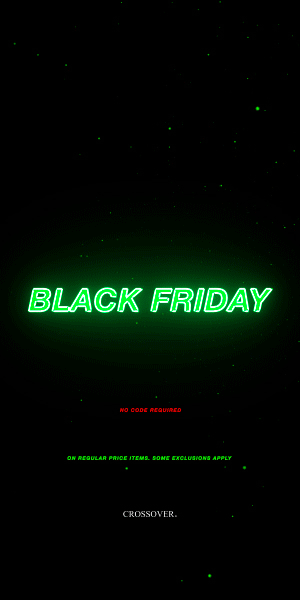It Also Means That Your Sneakers Will Perpetually Live On Forever.
Futurecraft is no longer just 4D. Just recently, Adidas shook the world a little bit by introducing a sneaker that is 100% recyclable, called the Futurecraft.Loop, with the idea behind it that you it would complete the circle between manufacturing and consumption and back to manufacturing. And they mean it in the most literal sense. A bold claim? Definitely, and it’s substantiated too, as the Futurecraft.Loop is not only just a way to help combat global pollution and reduce wastage, it also means that in the future, whatever pairs of shoes that you like and want to keep, can virtually live forever.
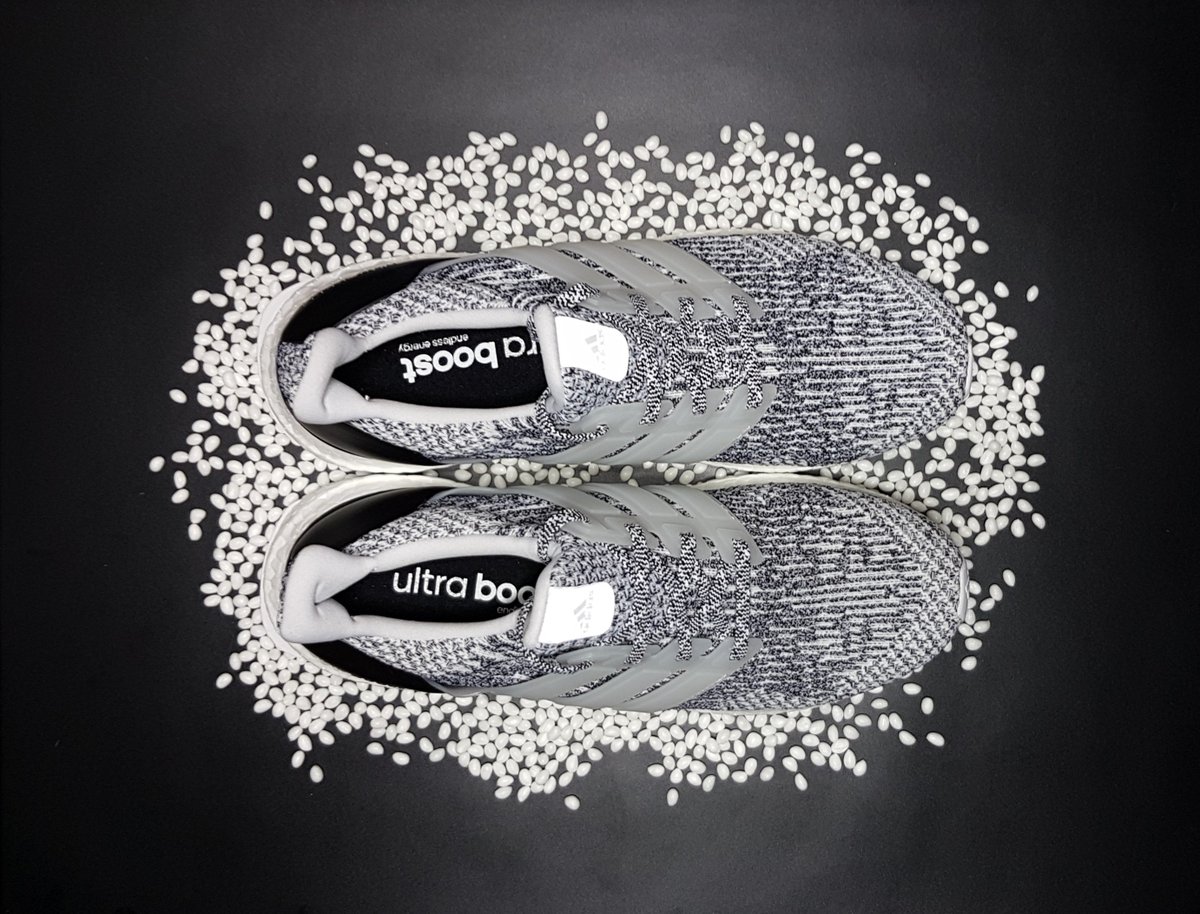
TPU is used to make Boost soles, manufactured by BASF
Let’s talk facts first. To achieve this feat, the Futurecraft.Loop is developed with only one material throughout, a type of plastic called Thermoplastic PolyUrethane (TPU), incidentally, the same type of material used in Boost. Everything from the midsole, outsole, upper, and laces are made from the same stuff, and when they wear out, simply send the pair back to Adidas and it will be reused for something else.
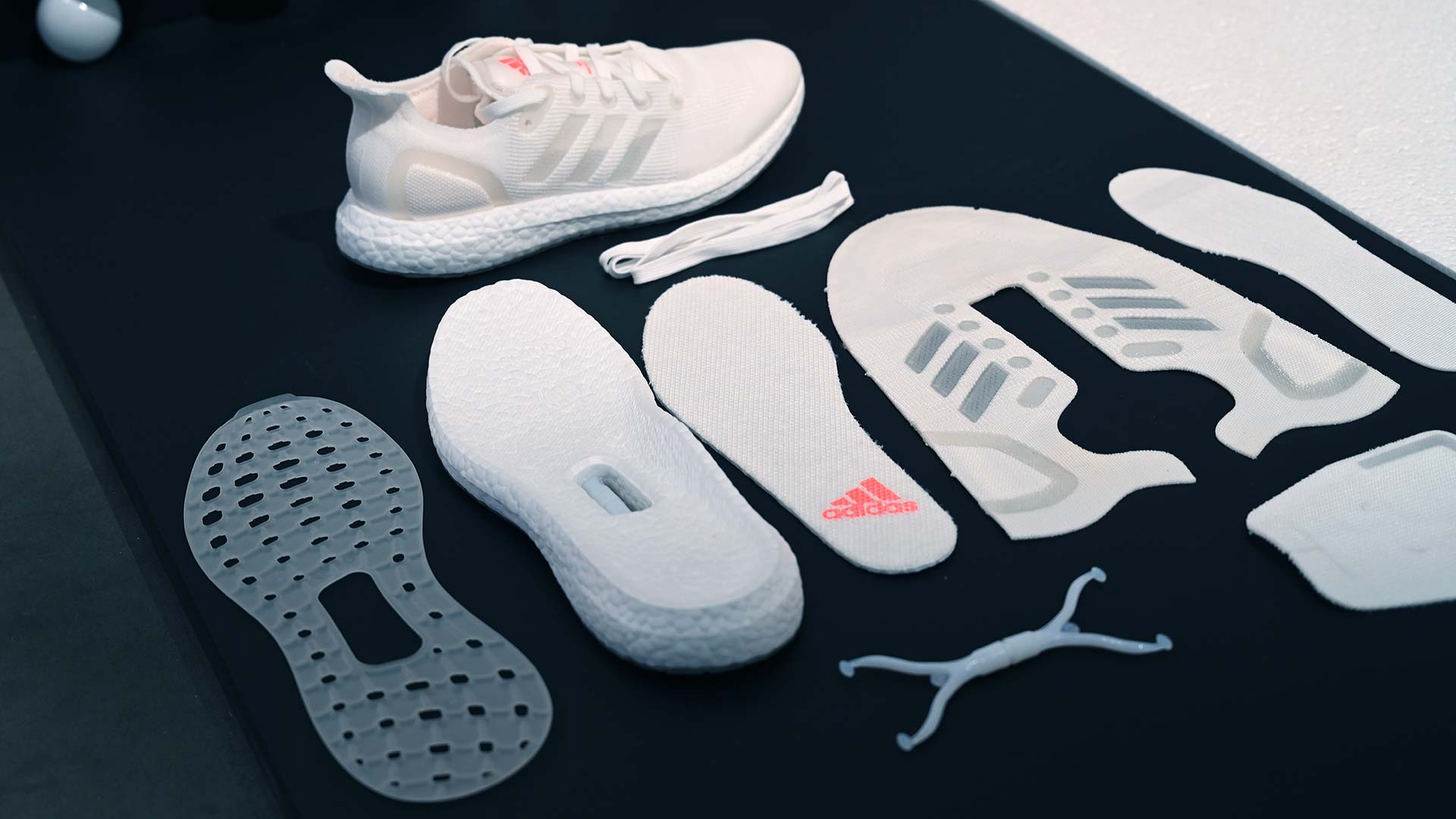
Futurecraft.loop deconstructed. Picture by Gizmodo
However, it won’t be fully a 100% the second time on. During the first generation, the shoe is made of brand new, fresh plastic that’s not recycled. This is because using recycled TPU on the get go means that the first generation quality will not be up to quality control standards. Senior Designer Ulisse Tanzini had this to say, “You’ve got to make sure the first one is very pure so you can continue the process of making and remaking the shoes for as long as possible. If you start with a compromised material, the process wouldn’t last as long.”
What this means is that as the generation goes, the amount of good quality grade plastic will go down and down from 100% from the first generation, to maybe about 70% in the next and so on and so forth. Current tests indicate that once the first generation wears off, only about 5% – 10% of the shoe can be reused to make a new one, whereas the rest is grinded down to surface running tracks or playground mats. Now obviously the goal is to not just stop there, but join both ends of the line to form a true, recyclable shoe in every sense of the word.
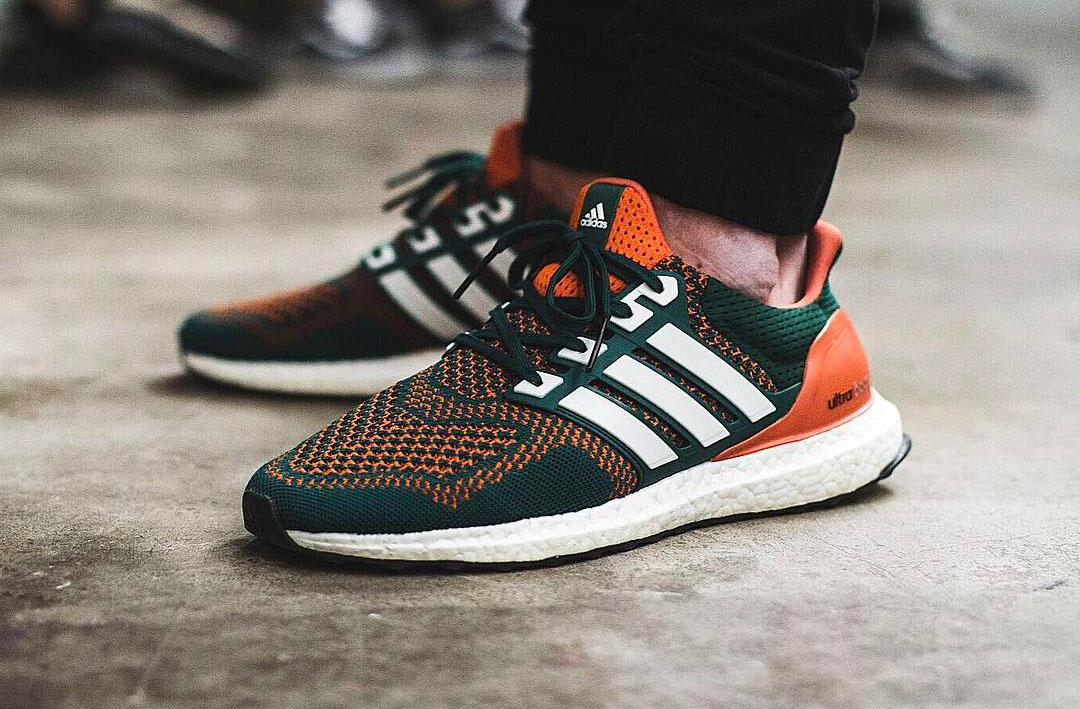
Imagine if you’ve absolutely destroyed a pair of RM 14,000 Miami Hurricanes Ultraboost. Just pop em off at Adidas and receive a brand new one for a small fee.
It gets a bit more interesting here on out. As you extrapolate that fact that every shoe will eventually have a 1:1 copy of itself using the same materials, it also means that the same silhouette, same design, same feel, can all be reconstructed again, translating to a shoe that never really dies. Imagine all of your Ultraboosts, Yeezy 350s, 700s, NMDs, Yung-1s which are torn, scuffed, rotten, or destroyed, can simply be remade new without purchasing a whole other pair. Quite a favourable outlook, don’t you think?
Of course, getting there requires time, plenty of resources, and plenty of alignment. Hence why Adidas has chosen to unveil the shoe now, rather than later when it has perfected its 1:1 sequence. This then, is a call to action to its other partners, that to lay this new, sustainable foundation, Adidas needs help, and lots of it. By 2024, the Three Stripes have made a business pledge to only use recycled plastics in its products, and with such scale, requires a partner who believes in the same vision.
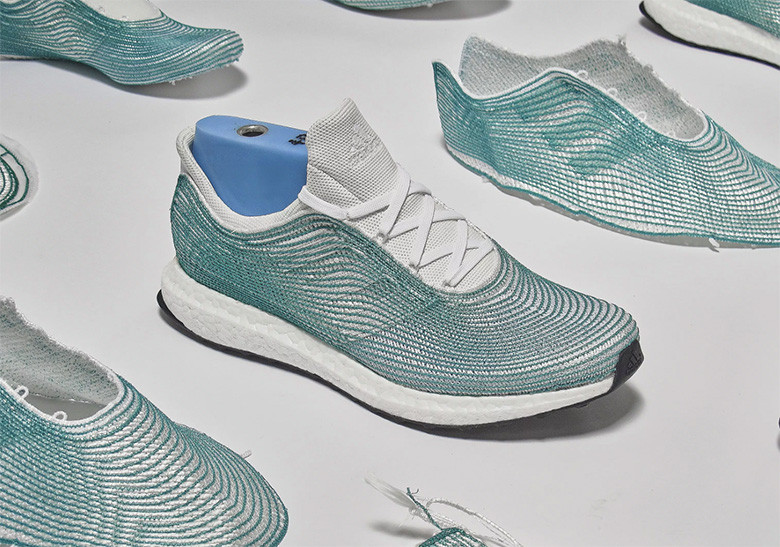
The Adidas X Parley represents the first step to Adidas’ initiative to use recycled plastics.
One of the bumps that Adidas has to go through is finding a right recycling company who are willing to take on relatively tiny batches of product at the start. Materials engineer Tanyaradzwa Sahanga had this to say, “For the recycling industry, this is peanuts. We are talking about one to five tonnes – that’s nothing. These guys process in triple digit tonnes.”
On the production side, Adidas are planning to gradually move its entire manufacturing process to Asia, where production costs are significantly lower than the West, and subsequently, make the shoe more economically viable over a large scale. “We don’t want this to be a premium product,” says Graham Williamson, “There should absolutely be pricing parity with other performance running shoes.”
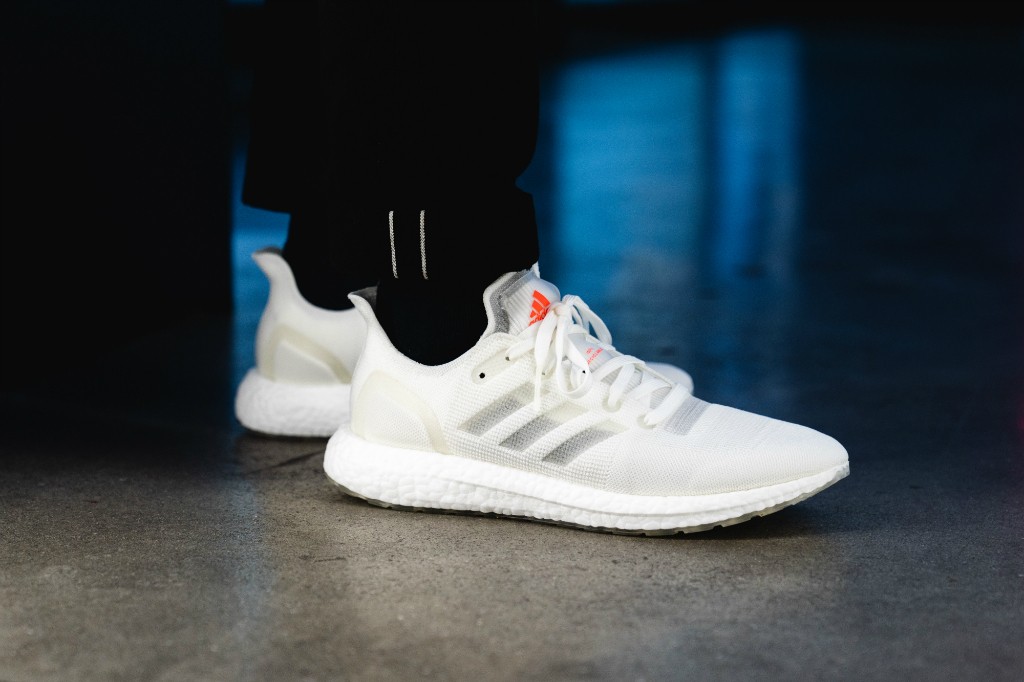
So there you have it. The start of a giant stride towards a more sustainable future. Realistically speaking, it’ll be 5 – 10 years from now till they’re able to create the ecosystem to support such a bold and courageous endeavour, but hey. It’s time companies are held accountable for their actions towards the environment, and Adidas is definitely taking it in the right step.


